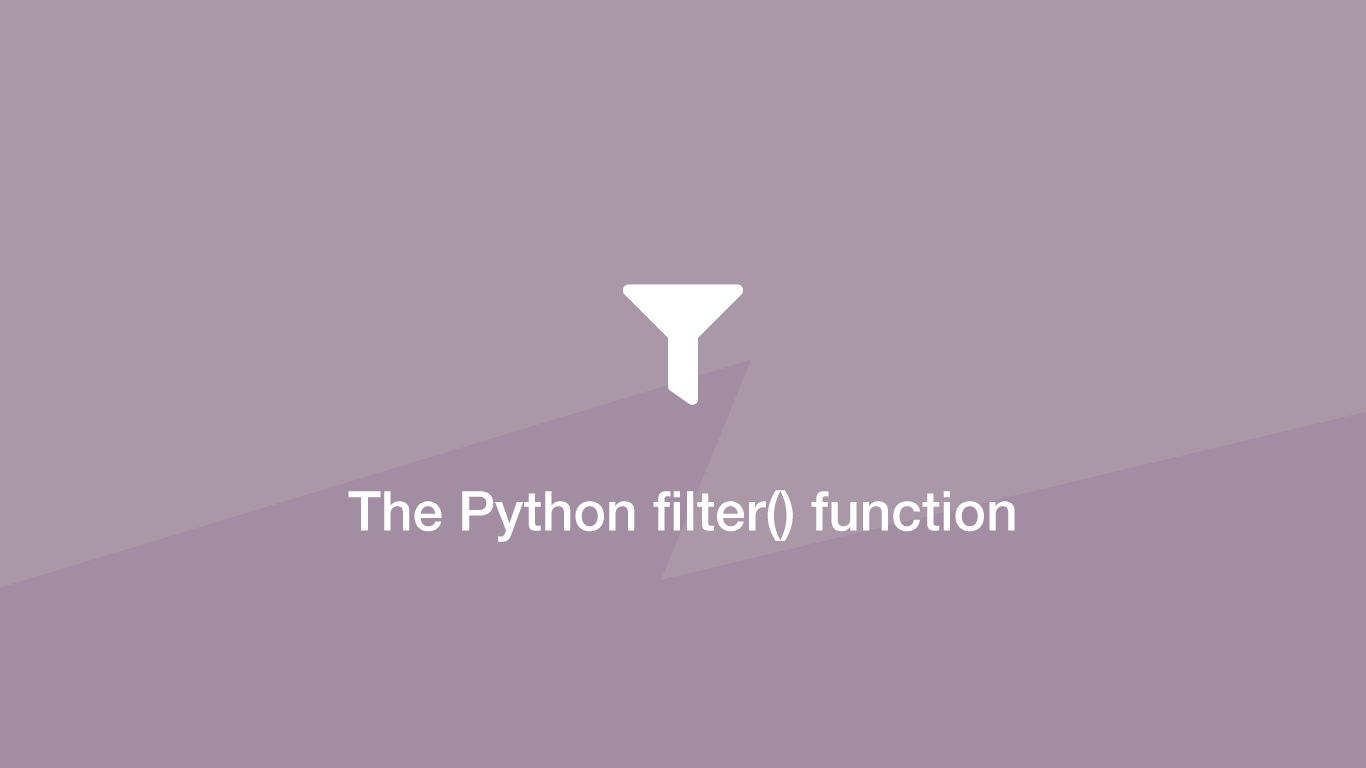How to use the Python filter() Function
The Python filter() function is used to iterate through data and return a new iterable containing elements that matched a given condition. Typically the filter() function will use a function to determine whether a value exists in the iterable.
In this tutorial, we will learn how to use the Python filter() method with examples.
filter() Syntax
filter() has two required parameters, firstly the function used to check for a value and secondly the iterable data to use.
result = filter(function, iterable)
function- a function that will look for a value in the iterable and returnTrueif a match is found (can be set to None).iterable- the data to loop through this could be a set, dictionary, list or string.
Filter a list
Let's filter a list. We will do this by creating a new function to check if a value exists in a list of data and return True if a match was found. In this function, there will be a list containing values that should be kept.
fruit = ['orange', 'apple', 'strawberry', 'apricot']
def check_exists(value):
keep = ['apple', 'apricot']
if value in keep:
return True
else:
return False
result = filter(check_exists, fruit)
for r in result:
print(r)
apple
apricot
In the filter() function we calling check_exists() on each iteration of the fruit list and passing it the value to check. Inside check_exists() the keep variable stores a list of values that should be kept; if the value is in keep True is returned, which tells filter() to add that value to the new filtered object.
Remove False Values from an Iterable
To remove all False values from a list we can use the filter() function, except instead of supplying a function as the first parameter we will simply supply None.
stuff = [False, 'false', '0', 0, True, 'true', '1', 1]
result = filter(None, stuff)
for r in result:
print(r)
false
0
True
true
1
1
Notice only the actual False value and boolean false (0) is removed, not the falsy values in strings.
Conclusion
You now know how to use the Python filter() function to filter iterables in two different ways.







